90 x 72 x 42 inches (228.6 x 182.9 x 106.7 cm)
(Inventory #32581)
90 x 72 x 42 inches (228.6 x 182.9 x 106.7 cm)
(Inventory #32581)
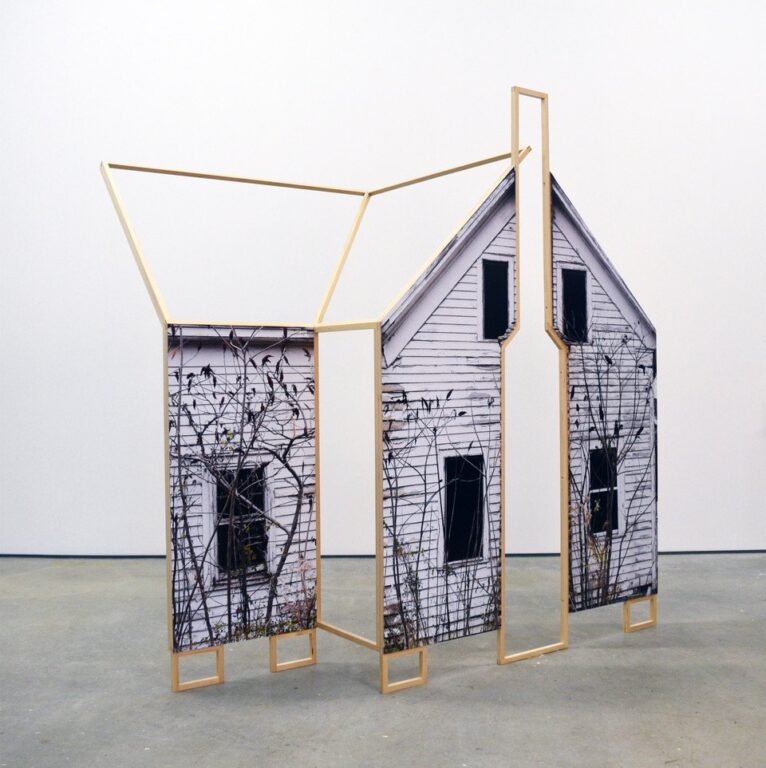
67 3/4 x 9 3/4 x 9 3/4 inches (172.1 x 24.8 x 24.8 cm)
(Inventory #33897)
67 3/4 x 9 3/4 x 9 3/4 inches (172.1 x 24.8 x 24.8 cm)
(Inventory #33897)
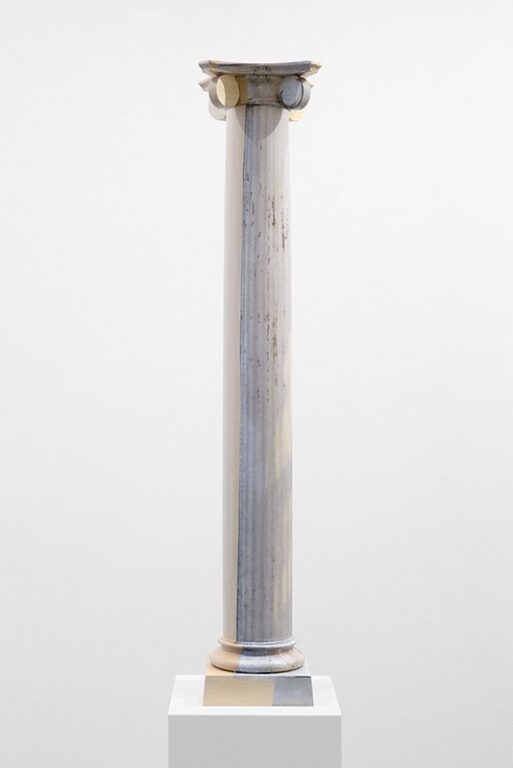
Edition of 3
Image size: 10 3/4 x 10 3/4 inches (27.3 x 27.3 cm)
Paper size: 16 x 16 1/4 inches (40.6 x 41.3 cm)
Signed, titled, and numbered on reverse in graphite
(Inventory #33681)
Edition of 3
Image size: 10 3/4 x 10 3/4 inches (27.3 x 27.3 cm)
Paper size: 16 x 16 1/4 inches (40.6 x 41.3 cm)
Signed, titled, and numbered on reverse in graphite
(Inventory #33681)
119 x 58 x 34 inches (302.3 x 147.3 x 86.4 cm)
(Inventory #33446)
119 x 58 x 34 inches (302.3 x 147.3 x 86.4 cm)
(Inventory #33446)
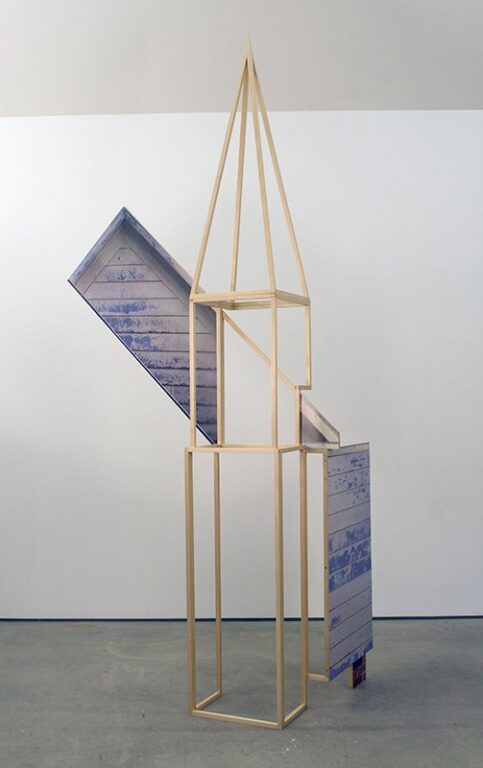
53 x 210 x 2 1/4 inches (134.6 x 533.4 x 5.7 cm)
(Inventory #33180)
53 x 210 x 2 1/4 inches (134.6 x 533.4 x 5.7 cm)
(Inventory #33180)
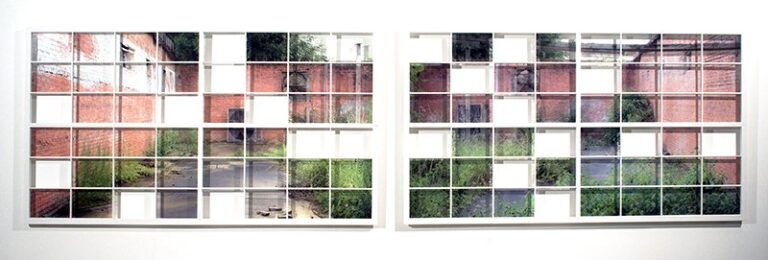
10 x 26 x 7 inches (25.4 x 66 x 17.8 cm)
(Inventory #33447)
10 x 26 x 7 inches (25.4 x 66 x 17.8 cm)
(Inventory #33447)
16 x 28 x 8 inches (40.6 x 71.1 x 20.3 cm)
(Inventory #33448)
16 x 28 x 8 inches (40.6 x 71.1 x 20.3 cm)
(Inventory #33448)
Edition of 3
Image size: 10 7/8 x 10 3/4 inches (27.6 x 27.3 cm)
Paper size: 15 7/8 x 16 inches (40.3 x 40.6 cm)
Signed, titled, and numbered on reversed in graphite
(Inventory #33684)
Edition of 3
Image size: 10 7/8 x 10 3/4 inches (27.6 x 27.3 cm)
Paper size: 15 7/8 x 16 inches (40.3 x 40.6 cm)
Signed, titled, and numbered on reversed in graphite
(Inventory #33684)
58 x 31 x 13 inches (147.3 x 78.7 x 33 cm)
(Inventory #32586)
58 x 31 x 13 inches (147.3 x 78.7 x 33 cm)
(Inventory #32586)
Edition of 5
Image size: 9 x 4 inches (22.9 x 10.2 cm)
Paper size: 16 x 12 inches (40.6 x 30.5 cm)
Signed, numbered, titled, and dated on reverse
(Inventory #32679)
Edition of 5
Image size: 9 x 4 inches (22.9 x 10.2 cm)
Paper size: 16 x 12 inches (40.6 x 30.5 cm)
Signed, numbered, titled, and dated on reverse
(Inventory #32679)
24 3/4 x 21 1/4 x 9 inches (62.9 x 54 x 22.9 cm)
(Inventory #31970)
24 3/4 x 21 1/4 x 9 inches (62.9 x 54 x 22.9 cm)
(Inventory #31970)
84 x 151 x 12 inches (213.4 x 383.5 x 30.5 cm)
(Inventory #31336)
84 x 151 x 12 inches (213.4 x 383.5 x 30.5 cm)
(Inventory #31336)
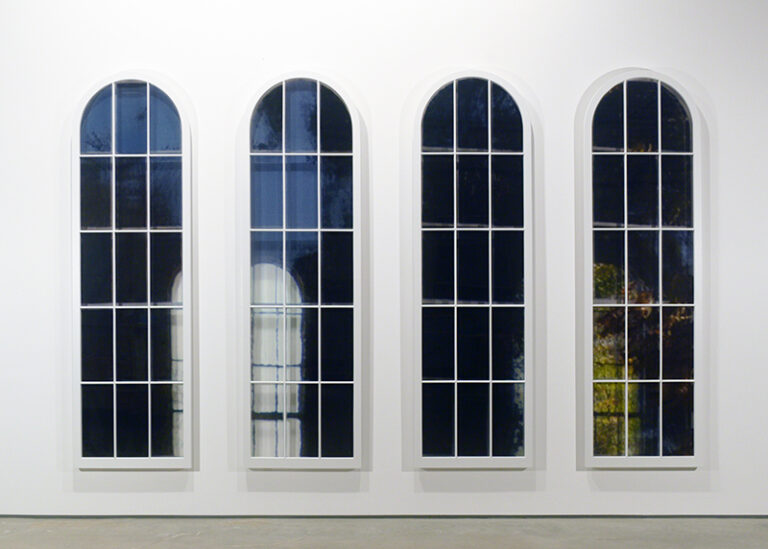
37 1/2 x 17 x 6 3/8 inches (95.3 x 43.2 x 16.2 cm)
(Inventory #30759)
37 1/2 x 17 x 6 3/8 inches (95.3 x 43.2 x 16.2 cm)
(Inventory #30759)
15 x 28 x 12 inches (38.1 x 71.1 x 30.5 cm)
(Inventory #31330)
15 x 28 x 12 inches (38.1 x 71.1 x 30.5 cm)
(Inventory #31330)
113 x 190 x 48 inches (287 x 482.6 x 121.9 cm)
(Inventory #30342)
113 x 190 x 48 inches (287 x 482.6 x 121.9 cm)
(Inventory #30342)
48 x 71 x 61 inches (121.9 x 180.3 x 154.9 cm)
(Inventory #30111)
48 x 71 x 61 inches (121.9 x 180.3 x 154.9 cm)
(Inventory #30111)
43 x 26 1/2 x 1 inches (109.2 x 67.3 x 2.5 cm)
(Inventory #30109)
43 x 26 1/2 x 1 inches (109.2 x 67.3 x 2.5 cm)
(Inventory #30109)
20 1/4 x 16 1/4 x 4 3/4 inches (51.4 x 41.3 x 12.1 cm)
(Inventory #30244)
20 1/4 x 16 1/4 x 4 3/4 inches (51.4 x 41.3 x 12.1 cm)
(Inventory #30244)
20 x 20 x 7 inches (50.8 x 50.8 x 17.8 cm)
(Inventory #28617)
20 x 20 x 7 inches (50.8 x 50.8 x 17.8 cm)
(Inventory #28617)
10 x 30 x 14 inches (25.4 x 76.2 x 35.6 cm)
(Inventory #28628)
10 x 30 x 14 inches (25.4 x 76.2 x 35.6 cm)
(Inventory #28628)
96 x 120 x 132 inches (243.8 x 304.8 x 335.3 cm)
(Inventory #28602)
96 x 120 x 132 inches (243.8 x 304.8 x 335.3 cm)
(Inventory #28602)
Artist Frank Poor’s interest in architecture and more specifically, the changing southern landscape began when his childhood home, Woodstock, Georgia, once a small town of approximately 500 people, experienced a boom in the 1970s and 80s. Buildings went up and the town grew to 30,000 residents seemingly overnight. Much of the architecture Poor viewed as meaningful, both personally and culturally, was torn down, replaced by contemporary structures. The rural built environment that had grown organically to reflect local needs was replaced with homogenous structures that bore no relationship to place. In most cases, these new homes and businesses were transitory, characterized by dated construction and cheap building materials. Small towns across the country, particularly in the southeastern United States, can tell tales similar to the one Poor experienced in Woodstock. The plight of these towns is the focus of the two- and three- dimensional mixed media works presented in Cast Shadows.
Though originally trained as a sculptor, photography has become the foundation for much of Poor’s recent work. In 2009, when he began his current series, he relied predominantly on found or family photographs. With the exception of Church #1 and Church #2, both from 2010, all of the works Poor creates now incorporate his own photography. The process of shooting photographs is a method by which Poor gathers information research to aid in his investigations. He notes, Photographs are bits of evidence; they are artifacts that suggest a narrative, but only tell part of the story. Poor most incorporates these images, printed on Plexiglas and wood veneers (cherry, knotty pine, birch, etc.), into three-dimensional architectural forms he constructs of basswood. The works range in scale from as small as nine inches to as large as seven feet in height. With the exception of the monumental works, most pieces hang on the wall; placement, scale, and Poor’s techniques combine to elevate these works from models or replicas to works of art.
The series marks Poor’s return to the south after nearly twenty years. Initially motivated by nostalgia, he sought familiar, iconic imagery such as church steeples and family farms, primarily in Georgia, where he was raised, as a way of reconnecting with his past. In 2011, Poor expanded the geographic scope of his project through a pilgrimage to Hale County, Alabama. Hale County is most notable as the locale featured in Let Us Now Praise Famous Men. Published in 1941, the book developed out of a 1936 Fortune magazine assignment in which photographer Walker Evans and writer James Agee documented three white tenant families. Artist William Christenberry, born in Hale County the same year Evans and Agee began their project, embarked on his own exploration of Hale County (through photographs and sculptures), nearly thirty years after the release of Let Us Now Praise Famous Men. Poor represents a third generation of artists interested in revisiting Hale County, affirming the site’s importance in southern cultural discourse. In the Fall of 2012, Poor once again broadened his project through a visit to North Carolina. Though the area does not hold personal significance for the artist, the rural countryside provided a familiar backdrop. Several works presented in Cast Shadows include photographic source material from eastern North Carolina, including Barn on Rte. 97, and Tobacco Barn #2, #3, and #4.
Poor combines the media used by both Christenberry and Evans to create works that embody the landscape and architecture of the area, without concern for precise replication. Though the structures are still readily understood as churches, sheds, mills, or warehouses, constructing more generalized shapes allow the pieces to function as icons representations of time and space. While early works employed authentic construction methods, newer pieces are not as dependent on such techniques, allowing Poor more freedom with his design, and thus, a deeper connection to his concept. For example, Abandoned Sawmill, as an open, incomplete structure, reiterates the temporal nature of the built environment while commenting on the disappearance of small-scale industry throughout much of the south. Further, by inviting the viewer to consider the empty interior space, either through fragmented structures or the use of transparent Plexiglas surfaces, Poor heightens the sense of emptiness and loss.
At times, Poor’s photographic imagery is closely merged with the architectural forms, such as in Hale Country Barn; doors, shutters, and roof shingles may be carefully delineated and aligned with the structure. More often, however, the alignment is slightly askew, perhaps in accordance with Poor’s notion that his memories don’t square with what I see. This divergence between memory and reality is perhaps best exemplified in the artist’s newest works, Abandoned Barn near Murraytown and Abandoned Building in Union Springs. Though the structures are intact, in accordance with Poor’s memories, the photographic images specifically of rust and overgrown foliage reflect the reality of time, decay, and abandonment.
Also included in Cast Shadows are two series of framed works, related both conceptually and aesthetically to Poor’s main body of work. The series of intaglio prints, Columbus Churches, were created during a residency in Columbus, Georgia, in 2011. Churches, often the tallest and most visible structures in a southern skyline, function as important architectural and cultural centers. Poor combined the silhouettes of fourteen different churches in Columbus with three civil war-era maps of the city. The churches, along with each map one of roads, one of railroads, and one of the town’s topography, as seen in Columbus Church #7, Columbus Church #8, and Columbus Church #4, respectively represent four ways of describing the city, both past and present.
Another series of two-dimensional works merging past and present include framed, printed veneer pieces, such as Woodlands and River Oaks. Poor incised subdivision maps from his hometown of Woodstock, Georgia, into landscape photographs from nearby locales. The maps, cut completely through the wood veneers, are once again statements on the changing southern landscape, depicting the literal destruction or disappearance of the natural environment as a result of human intervention.
Distance, both in regard to time and physical location, plays an important role in Frank Poor’s creative process. He allows himself space from the site and the images before embarking on a new work. Such distance often alters one’s understanding of reality. For artists, it may also provide the necessary freedom to recreate a presence that is not necessarily a direct representation of the original experience, but rather one that is imaginative and innovative in its deviation. It is through the juxtaposition and dislocation of image and form that Poor initiates his dialogue about memory. He notes, “Memories can never be made to fit into an actual form. Memories themselves are inventions, made of ideas, ideals, and nostalgia. Poor, driven by the impossibility of holding memories up to the evidence, creates mixed media works that visualize the changing southern landscape. Revisiting his own experiences, as well as those of great artists before him, Poor employs the language of southern vernacular architecture in order to create works that, although specific and deeply personal, are also meaningful for a wider audience.
January 2012
Lia Newman,
Director and Curator
Van Every Galleries
Davidson College
10 Newbury Street, Boston, Massachusetts 02116
617-262-4490 | info@krakowwitkingallery.com
The gallery is free and open to the public Tuesday – Saturday, 10am – 5:30pm